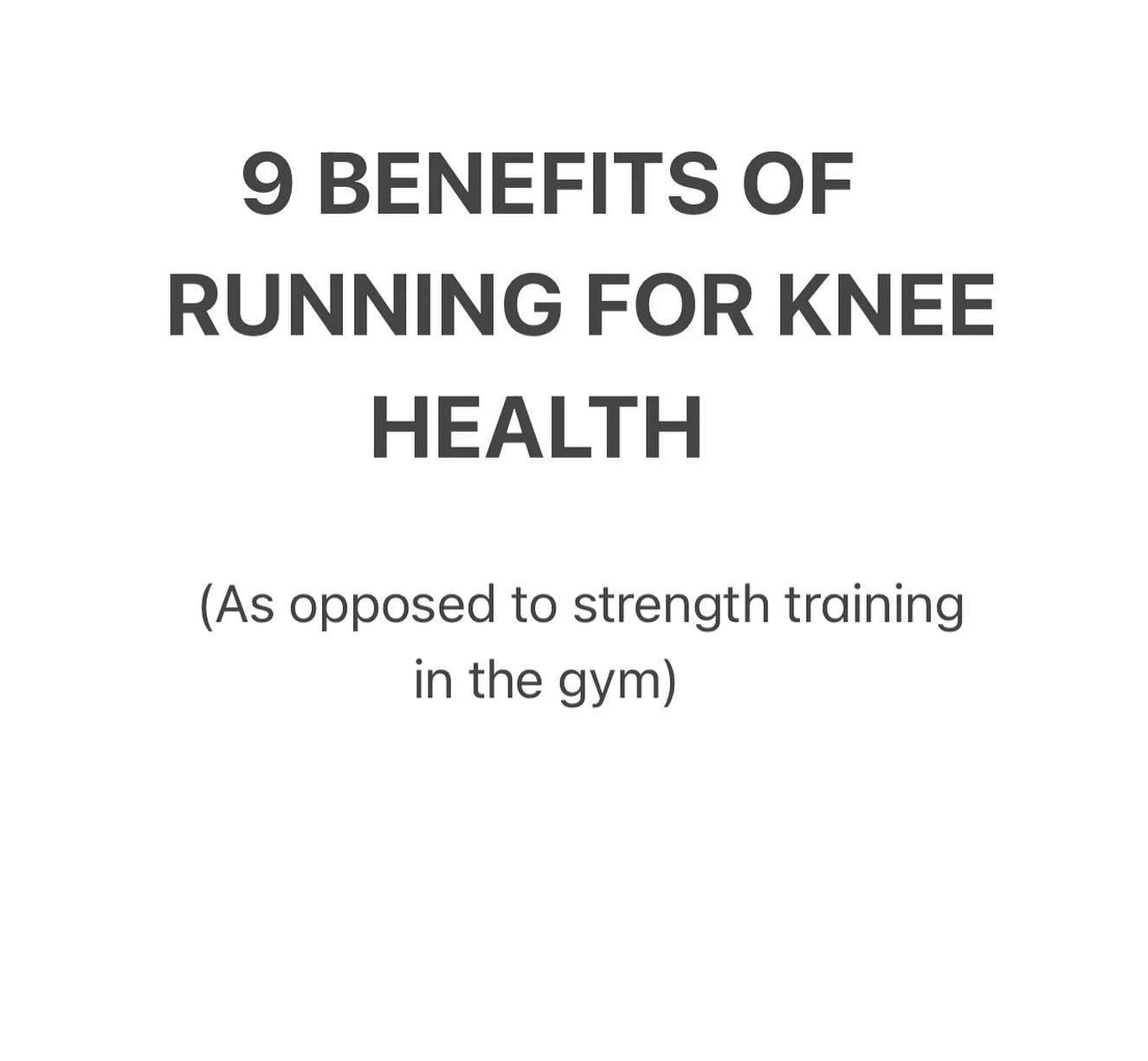Training for a half marathon after having a baby can be a challenging but rewarding experience.
Here are some tips to help you prepare:
Consult with a healthcare professional
Before starting any new exercise program, it is important to consult with a healthcare professional to ensure that it is safe for you to do so. This is especially important if you had a complicated delivery or if you have any underlying health conditions.
Gradually increase your training
Start with shorter runs and gradually build up your distance and intensity over time.
It is important to listen to your body and not to push yourself too hard too quickly, as this can increase your risk of injury.
Also make sure you have a well supported and cushioned pair of shoes - if you’re just starting back it can be a good time for a fresh pair - that really helps your motivation too.
Incorporate strength training
In addition to running, it is important to incorporate strength training into your program to help improve your overall fitness and reduce your risk of injury. Specifically working on glutes, calves and core can be a great help.
Just make sure you ease into it (be aware of muscle soreness 24-48 hours after a session) and ensure you are getting enough protein for muscle re-build.
Make time for rest and recovery
It is important to allow sufficient time for rest and recovery between workouts to help your body repair and rebuild.
This can include taking rest days or doing low-impact activities such as yoga or swimming.
Stay hydrated and nourished
Proper hydration and nutrition are important for maintaining energy levels and supporting your body during training. Be sure to drink plenty of water and eat a well-balanced diet that includes a mix of carbohydrates, proteins, and healthy fats.
Seek support
Training for a half marathon can be a challenging and time-consuming process. Seeking the support of family, friends, and a running community can help you stay motivated and on track.
Summary
It is important to remember that training for a half marathon after having a baby is a major undertaking and it is important to listen to your body and not to push yourself too hard.
It is also important to consult with a healthcare professional before starting any new exercise program.
Have fun and let me know if you have any questions in the comments section.
















